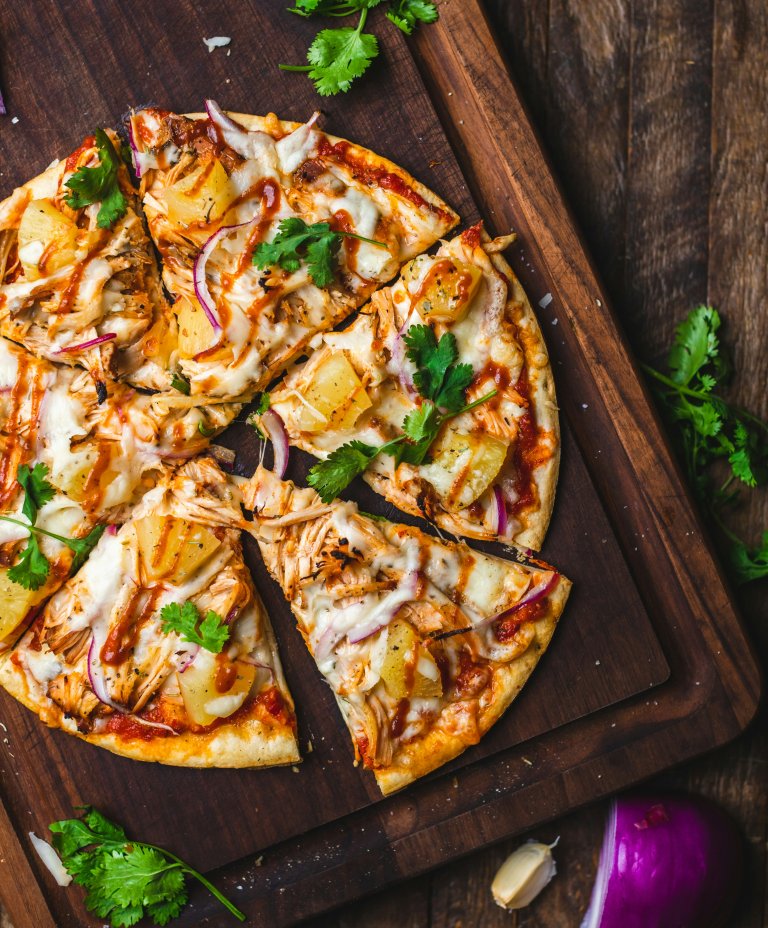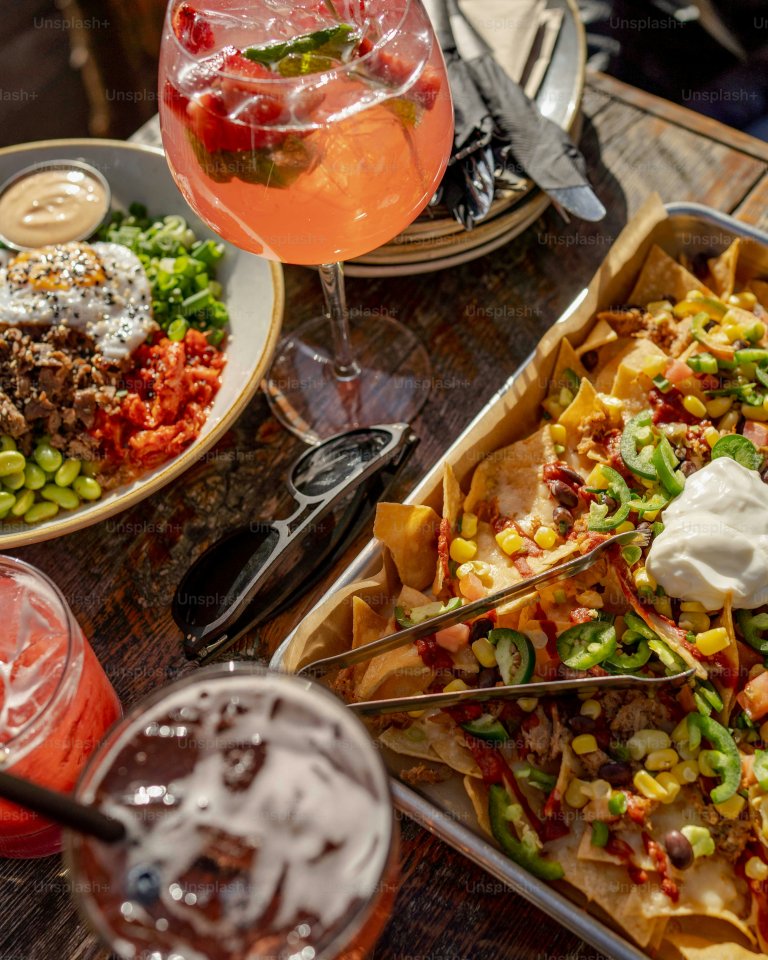Food Blenders: Versatile Tools for Every Kitchen
Food blenders are a versatile and essential tool for any kitchen. Whether you’re a professional chef or a home cook, having a food blender in your arsenal can make meal preparation easier and more efficient. From blending smoothies to making soups and sauces, there are endless possibilities for using a food blender in the kitchen. In this article, we will explore the history of food blenders, the different types available, and the various ways they can be used in the culinary world.
History of Food Blenders
The first food blender was invented in 1922 by Stephen Poplawski, an American-Polish engineer. The original purpose of the food blender was to make soda fountain drinks and milkshakes. It consisted of a motor that powered rotating blades at the bottom of a glass jar. This invention was a game-changer in the food industry, as it allowed for the quick and efficient mixing of ingredients.
In the 1930s, the Waring Corporation, now known as Waring Blenders, improved the design of the food blender and made it more accessible to the public. They also expanded its use to include pureeing and chopping fruits and vegetables, making it a more versatile kitchen tool. The blender’s popularity grew in the 1960s and 1970s when more people began incorporating healthy drinks such as smoothies into their diets.
Types of Food Blenders
Food blenders come in different shapes and sizes, each designed for a specific purpose in the kitchen. The most common types of food blenders are:
- Countertop Blenders: Also known as jar blenders, these blenders are the most common type used in households. They usually come with a plastic or glass jug that holds the ingredients, and the motor is at the base of the blender. Countertop blenders have various speed settings and can blend large quantities of food at once.
- Immersion Blenders: Also known as hand blenders, these blenders are handheld devices with a motor and blades at the bottom. They are ideal for blending small quantities of food, such as making sauces or pureeing baby food. Immersion blenders are also more convenient for cleaning as they can be easily disassembled.
- Personal Blenders: These blenders are compact and are designed to make single servings of drinks or smoothies. They come with a blending cup that doubles as a drinking cup, making it ideal for people on-the-go.
- High-Speed Blenders: These blenders are more powerful than traditional countertop blenders and can process even the toughest ingredients like nuts and frozen fruits. They are also ideal for making smoothies, pureeing soups, and grinding grains.
- Multifunctional Blenders: These blenders come with various attachments that allow for different functions, such as chopping, grating, and kneading. They are ideal for people who want a food processor and blender in one.
Uses of Food Blenders
Food blenders have endless uses in the kitchen, making them a must-have for any home cook or professional chef. Some of the most common uses of food blenders include:
- Blending Smoothies and Drinks: One of the most popular uses of food blenders is for making smoothies and drinks. Blending fruits, vegetables, and other ingredients together is not only convenient but also a great way to increase your daily intake of nutrients.
- Making Soups and Sauces: Blending soups and sauces in a food blender gives them a smooth and creamy consistency. It also helps to incorporate all the ingredients evenly, making for a delicious and well-blended dish.
- Grinding Nuts and Spices: Food blenders can grind nuts, spices, and grains into a fine powder, making it easier to incorporate them into recipes. This is especially useful for making homemade spice blends or nut flours.
- Pureeing Baby Food: Immersion blenders are a popular tool for pureeing baby food. They are easy to use, and their compact size makes it convenient for parents to blend small portions of food for their little ones.
- Creating Dips and Spreads: Food blenders can quickly create dips and spreads such as hummus, pesto, and guacamole. They can also be used to puree ingredients for baking, such as making buttercream frosting or creaming together butter and sugar for cookies.
Tips for Using Food Blenders
Here are some tips for using food blenders to get the best results:
- When blending hot liquids, allow them to cool slightly before blending to avoid any accidents or splattering.
- In general, add the liquid ingredients to the blender first, followed by the solids. This will help the blades move more efficiently in the blender.
- Cut large fruits and vegetables into smaller pieces before adding them to the blender. This will make it easier for the blades to process them.
- When blending thick mixtures, stop the blender and scrape down the sides occasionally to ensure all the ingredients blend evenly.
- Read the instructions and safety precautions before using your blender to avoid any mishaps.
Caring for Your Food Blender
Proper care and maintenance of your food blender can extend its lifespan and ensure that it works efficiently. Here are some tips for caring for your food blender:
- After each use, unplug your blender and disassemble the parts. Clean them with warm soapy water, and dry them thoroughly before putting them back together.
- If your food blender has a glass jar, be careful when washing it, as it can break easily. If using a dishwasher, place the jar on the top rack.
- Do not submerge the motor or power unit in water. Clean it with a damp cloth and dry thoroughly.
- Check the manufacturer’s instructions for any specific care instructions for your specific food blender model.
- Store your blender in a safe and dry place, preferably in a cupboard or on a countertop away from heat sources.
In Conclusion
Food blenders are a valuable and versatile tool in any kitchen. With various options available on the market, you can choose the type that best suits your needs and culinary preferences. From blending smoothies to making soups and sauces, the uses of food blenders are endless. Make sure to care for and maintain your blender to get the most out of it and add convenience and efficiency to your cooking experience.






